#iain sinclair
Explore tagged Tumblr posts
Text
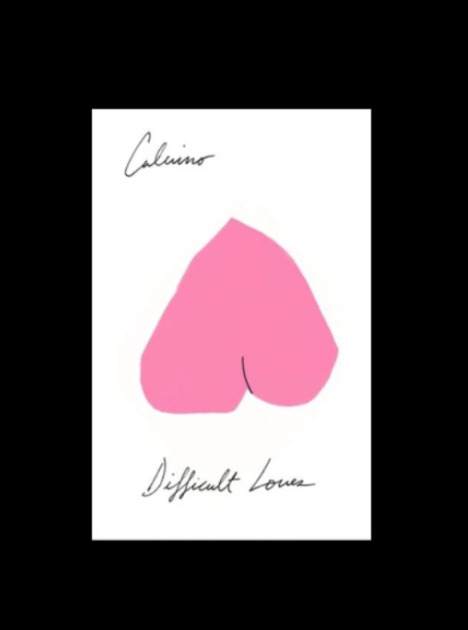
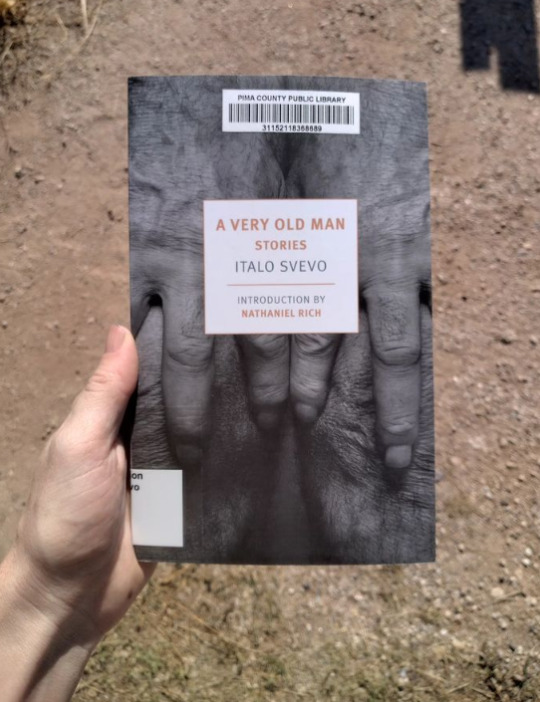
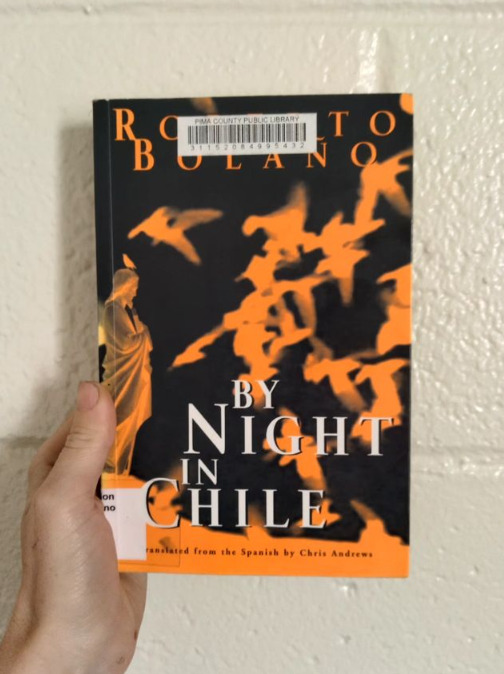
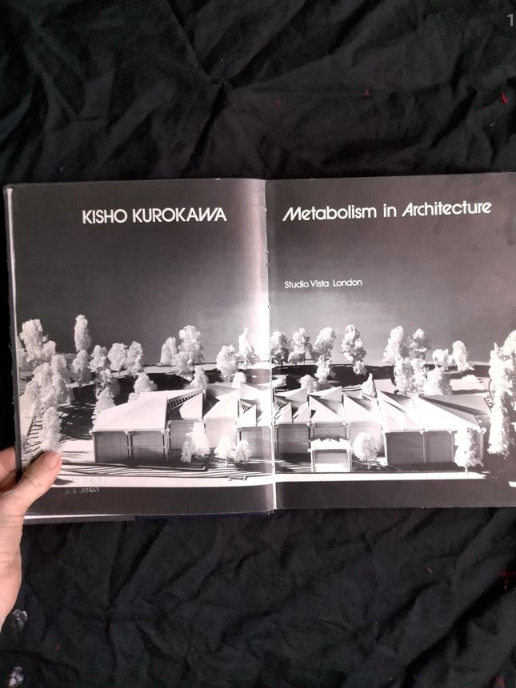
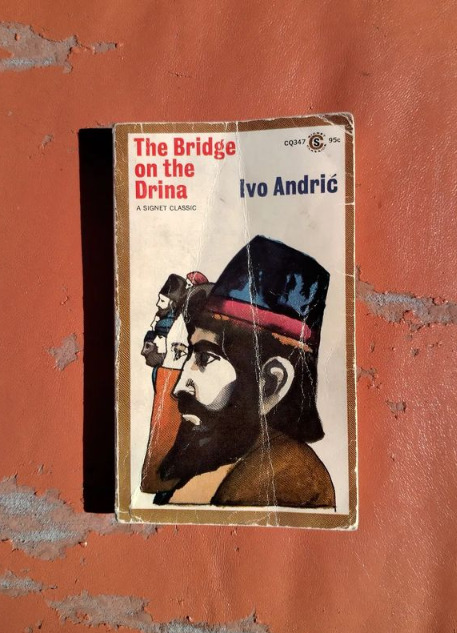

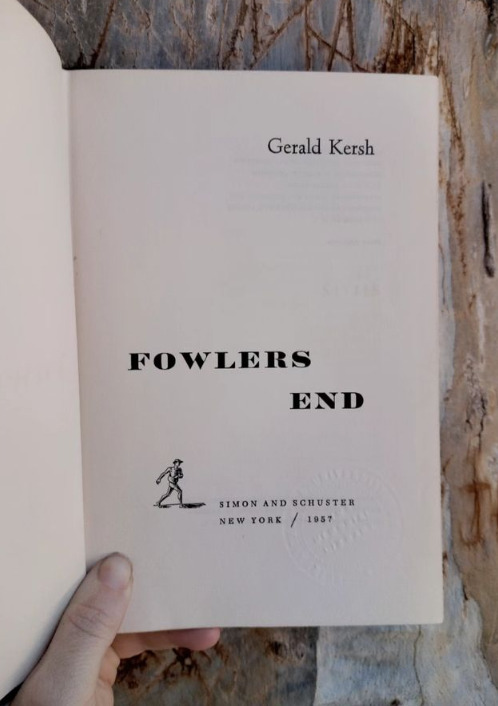


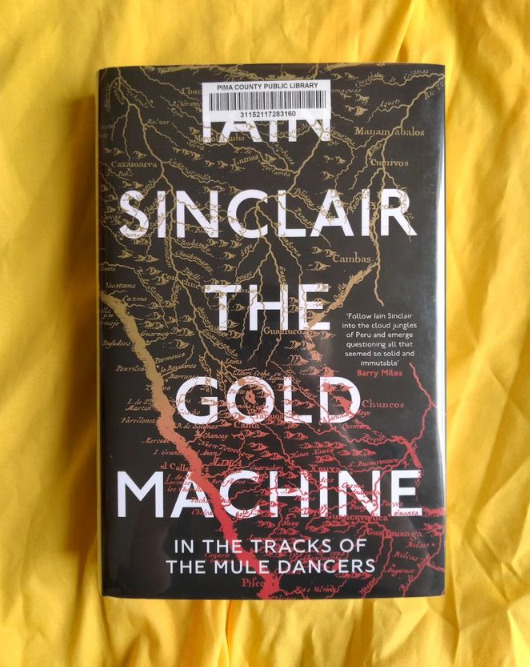
Books 31-40 of 2023 📖!
#read in 2023#italo calvino#iain sinclair#kisho kurokawa#tom wolfe#chris kraus#gerald kersh#italo svevo#roberto bolaño#ivo andric#lina wolfe#talks
26 notes
·
View notes
Text
Southwark holds its time, with the City, with Whitechapel, with Clerkenwell, holds the memory of what it was: it is possible to walk back into the previous, as an event, still true to this moment. The Marshalsea trace, the narrative mazetrap that Dickens set, takes over, the figures of fiction outliving the ghostly impulses that started them. The past is a fiction that absorbs us. It needs no passport, turn the corner and it is with you. The things they do there are natural, you do those things. Detached from this shadow you are nothing, there is nothing. You have no other existence.
- iain sinclair, white chappell, scarlet tracings
16 notes
·
View notes
Text
youtube
Grant Gee, Patience (after Sebald), 2012.
#Grant Gee#w.g. sebald#sebald#documentary#youtube#the rings of saturn#iain sinclair#tacita dean#suffolk#west anglia#psychogeography#walk#walking#Youtube
7 notes
·
View notes
Text

Arthur Conan Doyle: A Study in Scarlet (1887)
#arthur conan doyle#sherlock holmes#penguin classics#iain sinclair#detective#mystery#london#mormon#brigham young#salt lake city
31 notes
·
View notes
Text
My love of place

Since reading Iain Sinclair's book on William Blake's topography* (it's actually called BLAKE’S LONDON : The Topographic Sublime), I've been on a mission to understand my birthplace, Paignton.
At times, on my various walks, I've been both blown away and brought close to tears; the former because of the wonderful buildings and extraordinary people; the latter because of the wanton and unnecessary destruction of some priceless buildings. It's not hyperbole to say that Sinclair's book has changed me, aided by my continued exploration of the poets and writers of the Romantic period (1798 is when things took a turn for the better with the publication of Lyrical Ballads by Coleridge and Wordsworth).
Right now, and at breakneck speed, I'm trying to read my way through a bushel of books, not only to find out about the people and language of the Romantic period (John Keats, Leigh Hunt, Charles Lamb, Robert Southey and of course Shelley, Byron, Coleridge and Wordsworth) but also to understand if the Romantics changed the way we all saw the world; or perhaps, even, if their movement was as much psychological, driven on as it was by the French Revolution, as it was poetic.
Will I keep going in my quest? I very much hope so, if only because it's given me a much greater appreciation of the meaning of local and what it means to explore a place's psychogeography (see Guy Debord's writings).
I'm not sure if Tumblr is the right place to explore things in more detail but should I be compelled, once again, to write poetry, then it absolutely feels the right place.
Until the next time, then.
Blessings,
JS.
PS. Please excuse my slightly random shares. I'm still finding my way but in time I will winnow things down so that there appears a method to my madness.
*What was William Blake’s relation with London? And how did this relation shape his poetic visions? In this small and specially designed volume, Iain Sinclair takes the reader on a discursive journey through Blake’s London showing how, in Blake’s vast and rich poetry, language and imagination conjoin to delineate a profound engagement with place. First delivered as a lecture at Swedenborg Hall on Friday 2 November 2007, this revised text is the perfect introduction to Blake’s singular experience of the city, his relation to Swedenborg, and to a visionary tradition of poets from John Clare to Allen Ginsberg.
1 note
·
View note
Text
from Pariah Genius
Paris, Athens, Rome Tangier. Sullen dawn streets anticipating the next invasion. Tattered posters from disgraced regimes. Archeological ruins. Cemeteries where women released from unnamed films waited to be noticed on damp tombs. Crowds frozen in prophetic patterns in public squares. Artists striking a pose against more art in white-walled studios. The wealthy, interrupted at table in their palaces, tolerate the temporary intrusion of a person without pedigree. Statues die of boredom in gardens. Statues are lost in sheds. Broken-nosed classical busts in deserted museums...
0 notes
Note
hi! i hope this is alright to ask but i was wondering if you had any reading recommendations about invasive species and their management/control/rhetoric. there just seems to be a lot to it. thank you!
Woah. Look at this post I was drafting literally two hours before you sent this, about the nationalist appropriation of rhetoric of "native vs. invasive" species in Hungarian land management:

Appropriate case study: (1) The tree was non-native and its introduction was facilitated by Austro-Hungarian imperial aristocracy and military, especially as fortification during wars in the eighteenth century. (2) It out-competed native trees and the government encouraged plantations of the species. (3) Because of its economic and political importance, the reactionary Hungarian parliament in 2014 officially named the tree "Hungaricum" (native/national heritage).
Yes, there is a lot. This is practically a whole discipline.





If you're looking for a collection, anthology, or singular book with multiple tangents, angles, or perspectives (rather than having to search through individual articles or journals), there are three collections I'm recommending below, but this also might be helpful:
Feral Atlas: The More-Than-Human Anthropocene, co-edited by Anna Tsing (she's probably the most high-profile scholar of this subject). Aside from containing a bunch of freely-available essays from about 100 authors on altered ecologies and rhetoric/imaginaries of environments in the Anthropocene, their big online portal just published the entire syllabus with a bunch of maps and graphics and free articles, in formats for non-academic reading groups, undergrad classes, and graduate seminars. If you go to Feral Atlas's homepage, you'll see a straightforward list of all of those authors.


---
The Ethics and Rhetoric of Invasion Ecology (Edited by Jame Stanescu and Kevin Cummings, 2016). Including chapters:
"Alien Ecology, Or, How to Make Ontological Pluralism" (James K. Stanescu)
"Guests, Pests, or Terr0rists? Speciesed Ethics and the Colonial Intelligibility of "Invasive" Others" (Rebekah Sinclair and Anna Pringle)
"Spectacles of Belonging: (Un)documenting Citizenship in a Multispecies World" (Banu Subramaniam)
---
Rethinking Invasion Ecologies from the Environmental Humanities (Edited by Jodi Frawley and Iain McCalman, 2014). Including chapters:
"Fragments for a Postcolonial Critique of the Anthropocene: Invasion Biology and Environmental Security" (Gilbert Caluya)
"Experiments in the Rangelands: white bodies and native invaders" (Cameron Muir)
"Prickly Pears and Martian Weeds: Ecological Invasion Narratives in the History and Fiction" (Christina Alt)
"Invasion ontologies: venom, visibility and the imagined histories of arthropods" (Peter Hobbins)
---
The Invasive Other special issue of Social Research, Vol. 84, No. 1, Spring 2017. Including articles:
"Introduction [to Social element]: The Dark Logic of Invasive Others" (Ann Laura Stoler)
"The Politics of Pests: Immigration and the Invasive Others" (Bridget Anderson)
"Invasive Others: Toward a Contaminated World" (Miriam Ticktin)
"Invasive Aliens: The Late-Modern Politics of Species Being" (Jean Comaroff)
"Introduction [to Ecologies element]: Invasive Ecologies" (Rafi Youatt)
"Invasive Others and Significant Others: Strange Kinship and Interspecies Ethics near the Korean Demilitarized Zone" (Eleana Kim)
---
For individual sources:
"The Aliens Have Landed! Reflections on the Rhetoric of Biological Invasion" (Banu Subramaniam, Meridians: Feminism, Race, Transnationalism 2:1, 2011)
"Loving the Native: Invasive Species and the Cultural Politics of Flourishing" (JR Cattelino, in The Routledge Companion to the Environmental Humanities, pp. 145-153, 2017).
"The Rhetoric of Invasive Species: Managing Belonging on a Novel Planet" (Alison Vogelaar, Revue francaise des sciences de l'information et de la communication 21, 2021).
"Invasion Blowback and Other Tales of the Anthropocene: An Afterword." (Anna Tsing. Anthropocenes - Human, Inhuman, Posthuman 4:1, 2023).
Troubling Species: Care and Belonging in a Relational World, a special issue of Transformations in Environment and Societycurated by the Multispecies Editing Collective, 2017.
"Uncharismatic Invasives" (JL Clark, Environmental Humanities 6:1, 2015).
"Involuntary Momentum: Affective Ecologies and the Sciences of Plant/Insect Encounters" (Hustak and Myers, Differences: A Journal of Feminist Cultural Studies 23:3, 2012).
"Patchy Anthropocene: Landscape Structure, Multispecies History, and the Retooling of Anthropology: An Introduction to Supplement 20" (Tsing, Mathews, and Burbandt, Current Anthropology, 2019).
Trespassing Natures: Species Migration and the Right to Space (Donnie Johnson Sackey, 2024)
Matters of Care: Speculative Ethics in More than Human Worlds (Puig de la Bellacasa, 2016)
Nestwork: New Material Rhetorics for Precarious Species (Jennifer Clary-Lemon)
"Requiem for a junk-bird: Violence, purity and the wild." (Hugo Reinert, Cultural Studies Review 25:1, 2019).
"Comparing Invasive Networks: Cultural and Political Biographies of Invasive Species" (Robbins, Geographical Review 94:2, 2004).
In the Shadow of the Palms: More-than-Human Becomings in West Papua (Sophie Chao, 2022)
"Timing Rice: An Inquiry into More-Than-Human Temporalities of the Anthropocene" (Elaine Gan, New Formations, 2018).
Interspecies Politics: Nature, Borders, States (Rafi Youatt, 2020)
"Interspecies Politics and the Global Rat: Ecology, Extermination, Experiment" (Rafi Youatt, Review of International Studies, 2020)
Critical Animal Geographies: Politics, intersections and hierarchies in a multispecies world (Edited by Kathryn Gillespie and Rosemary-Claire Collard, Routledge, 2015)
"Invasive Narratives and the Inverse of Slow Violence: Alien Species in Science and Society" (Lindstrom, West, Katzschner, Perez-Ramos, and Twidle. Environmental Humanities 7:1, 2016)
"Life Out Of Place: Revisiting Species Invasions. Introduction to the Special Issue" (Hanne Cottyn. Anthropocenes - Human, Inhuman, Posthuman 4:1, 2023).
---
It's been a "transdisciplinary" topic (especially in the past 15-ish years) in environmental humanities, ecocriticism, environmental studies, "science communication," anthropology, etc. (I think the humanities or interdisciplinary scholars handle the subject with more grace than ecology-as-a-field proper.) It shows up a lot in discussion of "the postcolonial," "ecopoetics," "Anthropocene," "multispecies ethnography," and "the posthuman"; Haraway was explicitly writing about rhetoric of invasive species in the 1990s.
A significant amount of posts on my blog from 2018-2022 are about invasive/alien/native labels. I summarized some of the discourses in my post about Colombian hippos. I especially talked a lot about the writing of Banu Subramaniam (rhetoric of ecological invasion, racialization of aliens); Rafi Youatt ("interspecies politics"); Anna Boswell (Aotearoa extinctions, "anamorphic ecology"); Sophie Chao ("post-plantation ecologies"); Elaine Gan ("Anthropocene temporalities" and industrial ruins); Hugo Reinert (species "purity" and extinctions); Puig de la Bellacasa ("speculative ethics in a multispecies world"); Ann Laura Stoler (of fame for her writing on "imperial debris" and ruination/haunting), Hugh Raffles, Nils Burbandt, Anna Tsing, and others. Lately in my own work I've been writing on borders/frontiers and media/colonial imaginaries of "pests/the exotic" and have been referencing Jeannie Shinozuka's Biotic Borders: Transpacific Plant and Insect Migration and the Rise of Anti-Asian Racism in America, 1890-1950.
Thanks for saying hi.
846 notes
·
View notes
Photo

Sinclair Executive, Designed by Iain Sinclair, 1972
204 notes
·
View notes
Text


Like The Modern Antiquarian, Ghostland (2020), by Edward Parnell, is a guidebook. A strange and multifaceted one. Let’s start with the ghost stories, both written and televised. Parnell, in the context of this book, is fairly obsessed with them, their writers and their relationship with the topography of their settings. He makes a broad survey, looking at the work of authors like M.R. James, Arthur Machen, Alan Garner, William Hope Hodgson, Charles Dickens, Walter De La Mare, Algernon Blackwood, E.F. Benson as well as television programs and films like Penda’s Fen, Robin Redbreast, Wickerman, the Quatermas series and the terrifying public service announcement Lonely Water. (Is this psychogeography? That term is usually applied to urban landscapes, I think, but it feels appropriate here, but I am not sure because I’ve never been able to get through an Iain Sinclair book). On this level, the book works as an excellent primer for British folk horror and weird tales. My to-watch list grew by feet reading this. Y’all gotta dig into the original Ghost Stories for Christmas, I’m telling you (I’m mostly unimpressed by the modern Mark Gatiss resurrection, though).
Be warned, however, there are two additional narratives intertwined with Parnell’s fiction-related travels. He’s an avid birder (I’m a much lazier birder, but I found myself envious of the energy Parnell is willing to devote to his hobby), a hobby he pursues with his brother and looms with increasing significance as he navigates a series of tragic deaths in his family. In this way, Ghostland is a cathartic memoir and Parnell’s investigation into ghost stories takes on larger implications. This makes the book dififcult reading in some points, particularly near the end, but it stands as one of the most moving pieces of creative non-fiction I’ve read. I find myself thinking about it often.
I should note Richard Wells’ excellent cover art that references the fiction Parnell pursues and establishes the mood quite nicely. Each chapter gets a little illustration as well.
40 notes
·
View notes
Text
Railways and Public Transport videos by Jago Hazzard
// cool interesting playlists of YouTube videos by YouTuber Jago Hazzard about London's transport network and other railway and public transport topics
#railways#railway#london underground#history#youtube#london#travel#london transport#public transport
2 notes
·
View notes
Text
We have gone so fast that we are ahead: we are describing what has not yet happened, and what does not now need to happen. We have made arrangements to foreshorten the future.
Always erasure, not exorcism. Exorcism merely confers status on the exorcist: who claims, falsely, that he has the power to unmake. Has tricks to stake the demonic, nail the black heart.
Erasure acts over, is a discretion.
- iain sinclair, white chappell, scarlet tracings
7 notes
·
View notes
Text

«Este es un libro sobre desapariciones. Prácticamente todo lo que aparecerá (edificios, lugares, personas) ya no está, pero sin embargo sigue ahí», escribe Rocha al principio de este libro inclasificable, a medio camino entre la crónica personal, la guía insólita y psicogeográfica y el cuaderno de bitácora. Un diario de viaje hasta los confines de Madrid siguiendo los «caminos del deseo», aquellos que crea espontáneamente el paso de las personas o los animales. Con este paseo, en un solo día, se intenta resolver la desaparición de José Ribalta Camós, un oftalmólogo que en 1916 decidió caminar en línea recta hacia el norte desde la Puerta del Sol. El resultado es una historia de historias, un viaje al final de la ciudad que por momentos recuerda a W.G. Sebald, Iain Sinclair o a un Trapiello infinitamente más intrincado y oscuro.
3 notes
·
View notes
Text
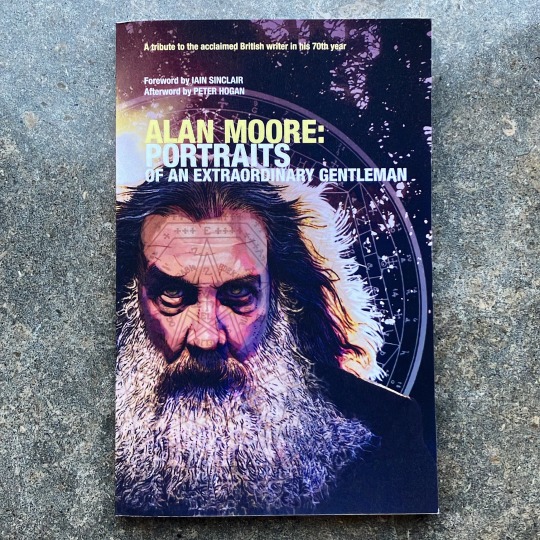
smoky man (ed.): Alan Moore: Portraits of an Extraordinary Gentleman (2023)
3 notes
·
View notes
Text
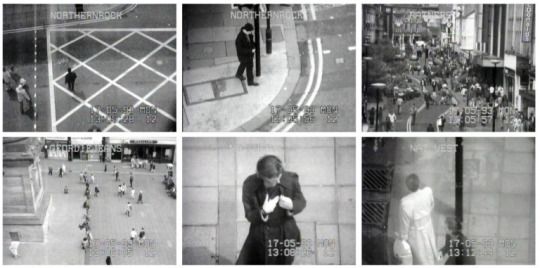



Pat Naldi & Wendy Kirkup, Search. 1993
Millennium Bug public information leaflet, 1999
Rachel Whiteread, Untitled (house). 1993
Iain Sinclair & Brian Catling, Lud Heat map. 1975
3 notes
·
View notes
